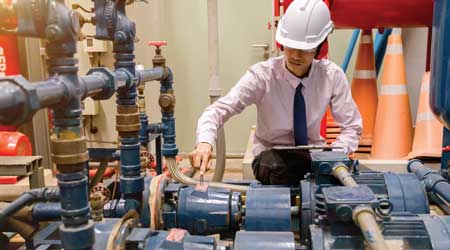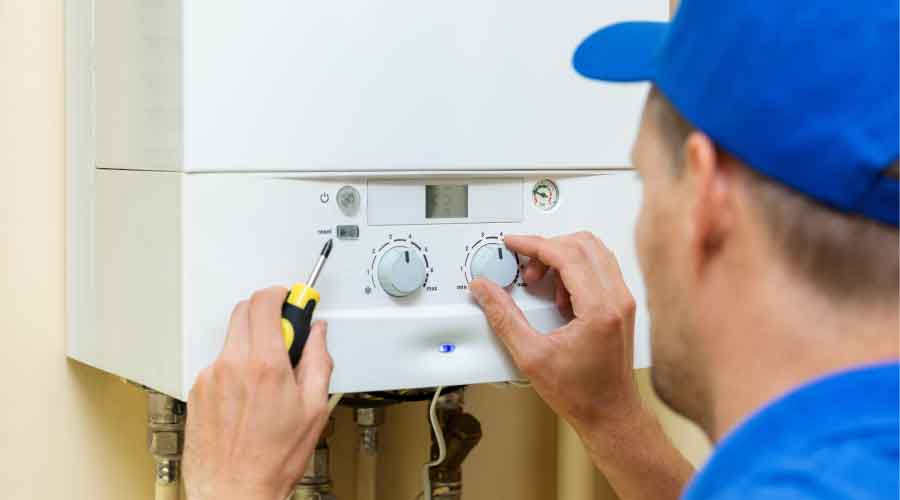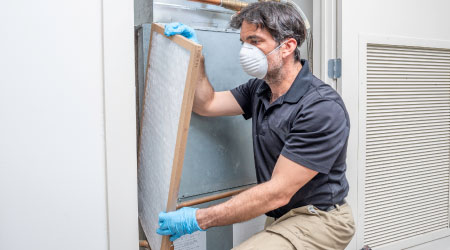 Data logs can help technicians identify the point at which conditions fall outside a chiller’s normal operating range, which is a sign that issues might be developing
Data logs can help technicians identify the point at which conditions fall outside a chiller’s normal operating range, which is a sign that issues might be developingChiller Upgrades: Assessing Equipment Condition
When properly research and planned, chiller replacements can deliver long-term benefits to departments and facilities
As with all mechanical systems, chillers have a finite life expectancy. For most air-cooled chillers, the typical service life is 15-20 years. For water-cooled chillers, the typical service life is 20-30 years. To a great extent, how well the chiller has been maintained will determine its actual service life. While other factors, including the types of loads placed on the chiller and the climate in which the facility is located, also impact the service life, proper maintenance has the largest impact.
While chiller age can help predict reliability, it is not the only factor. Chiller technicians must keep a running data log to help develop an understanding of the efficiency of chillers and their reliability. These logs track data, such as power use, chilled-water supply and return temperatures, condenser-water supply and return temperatures, chiller current, and chilled-water and condenser-water flow.
Data logs are critical in determining the operating efficiency of the chiller and the way it changes over time. They also can help managers and technicians identify the point at which conditions fall outside a chiller’s normal operating range, which is a sign that issues might be developing.
The results of quarterly and annual maintenance inspections also can indicate chiller reliability. Unusual noise and vibrations, a buildup of scale on heat-transfer surface and questionable oil analysis results all indicate that the reliability of the existing chiller is declining.
Another reliability issue is the availability of replacement parts. As chillers age and require more maintenance, the availability of replacement parts declines. Parts that might have taken a day or two to obtain when the chiller was five years old can take weeks or even longer when it is 20 or 25 years old. Managers need to consider the fallout if a facility had to go without chilled water for an extended period.
Related Topics:















